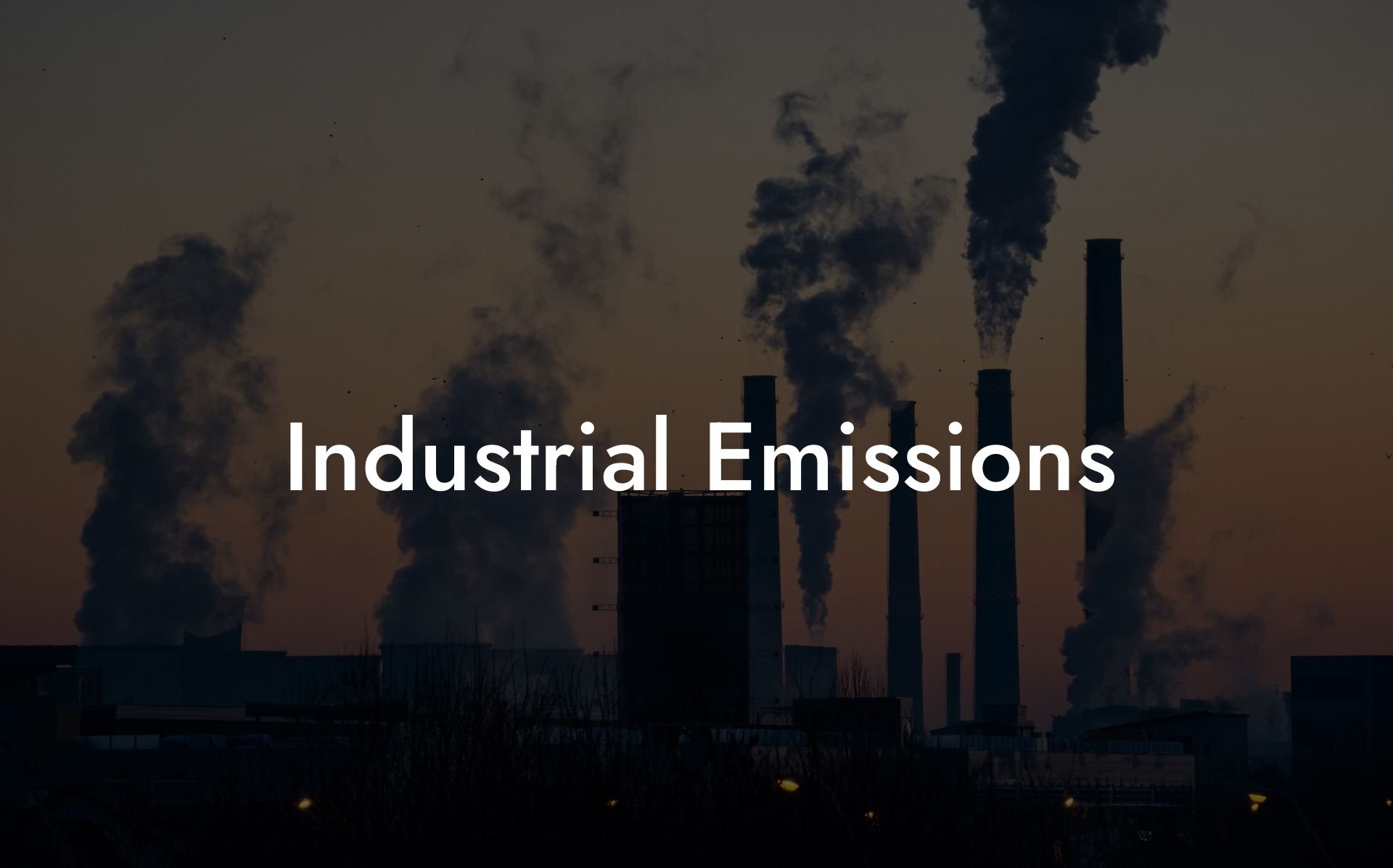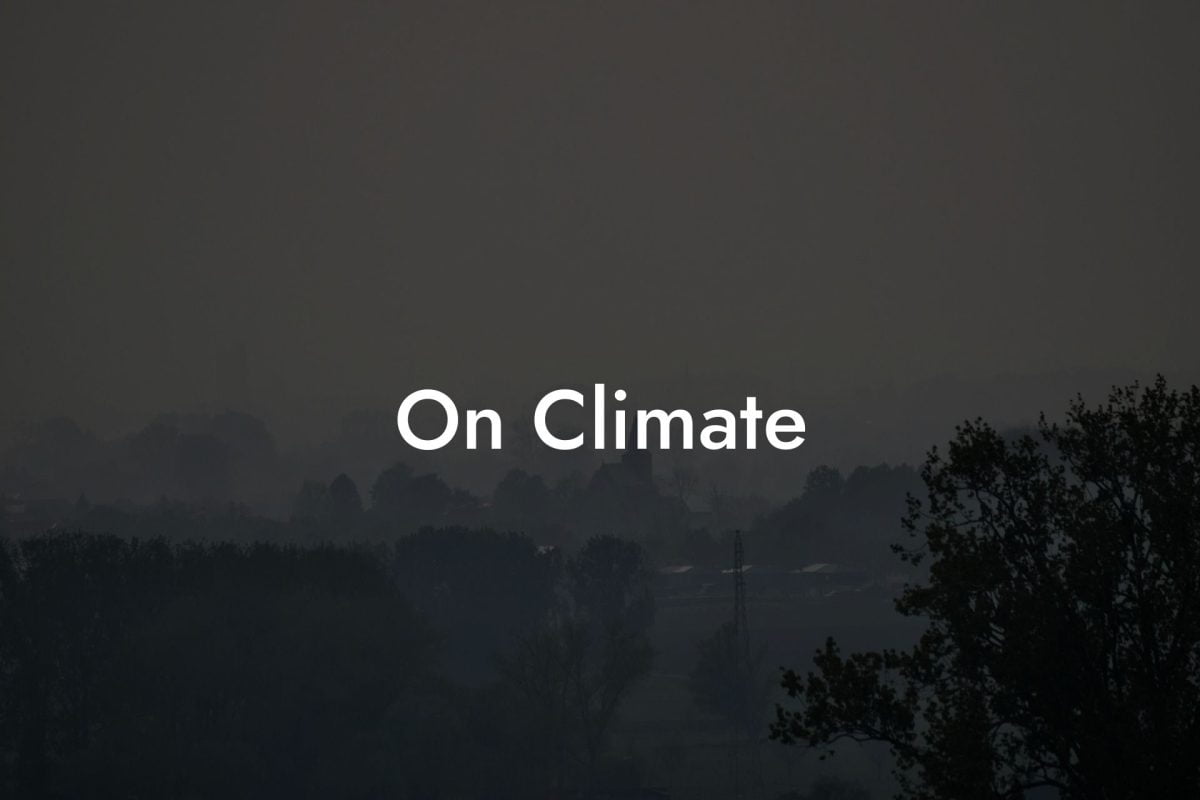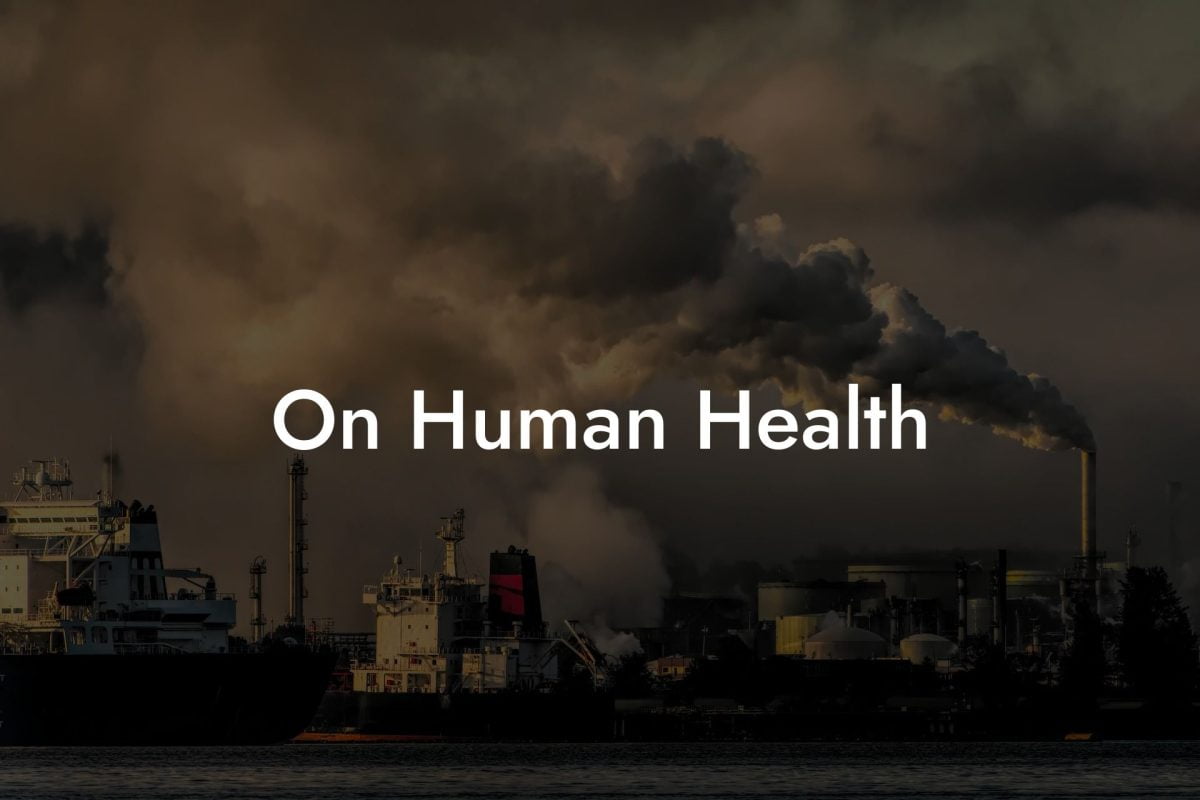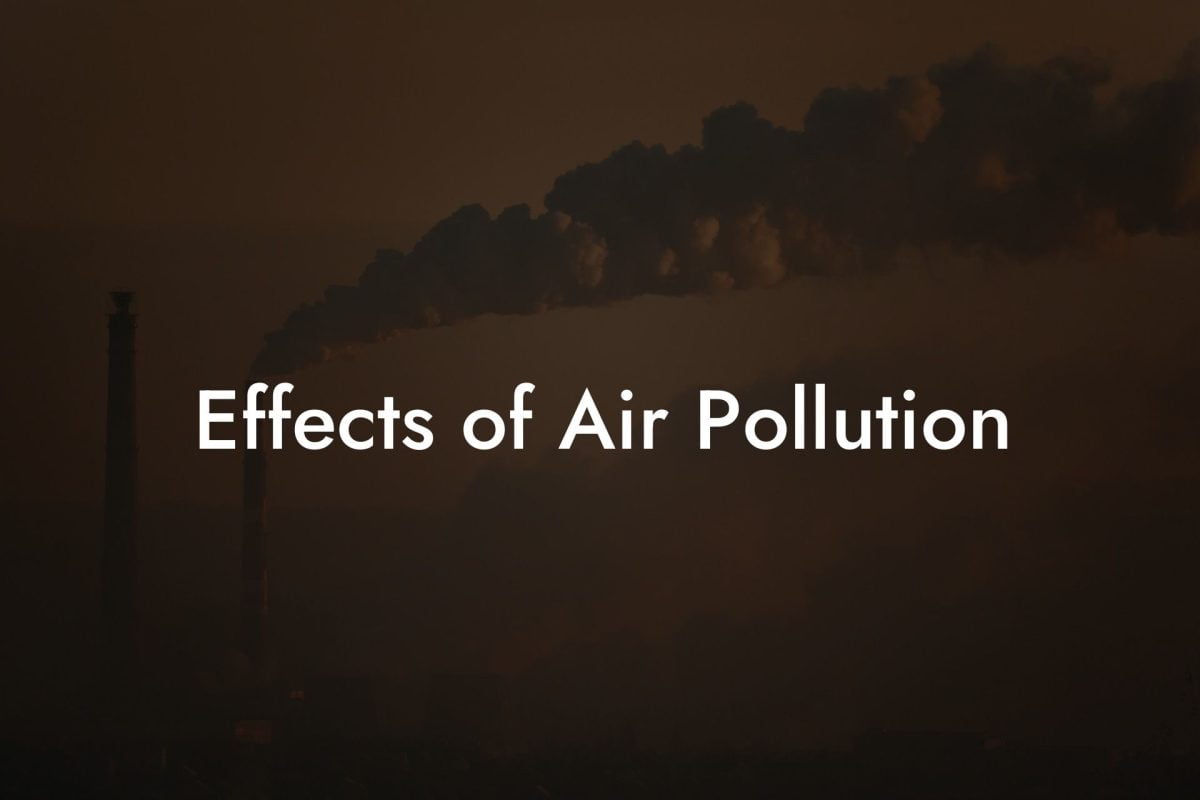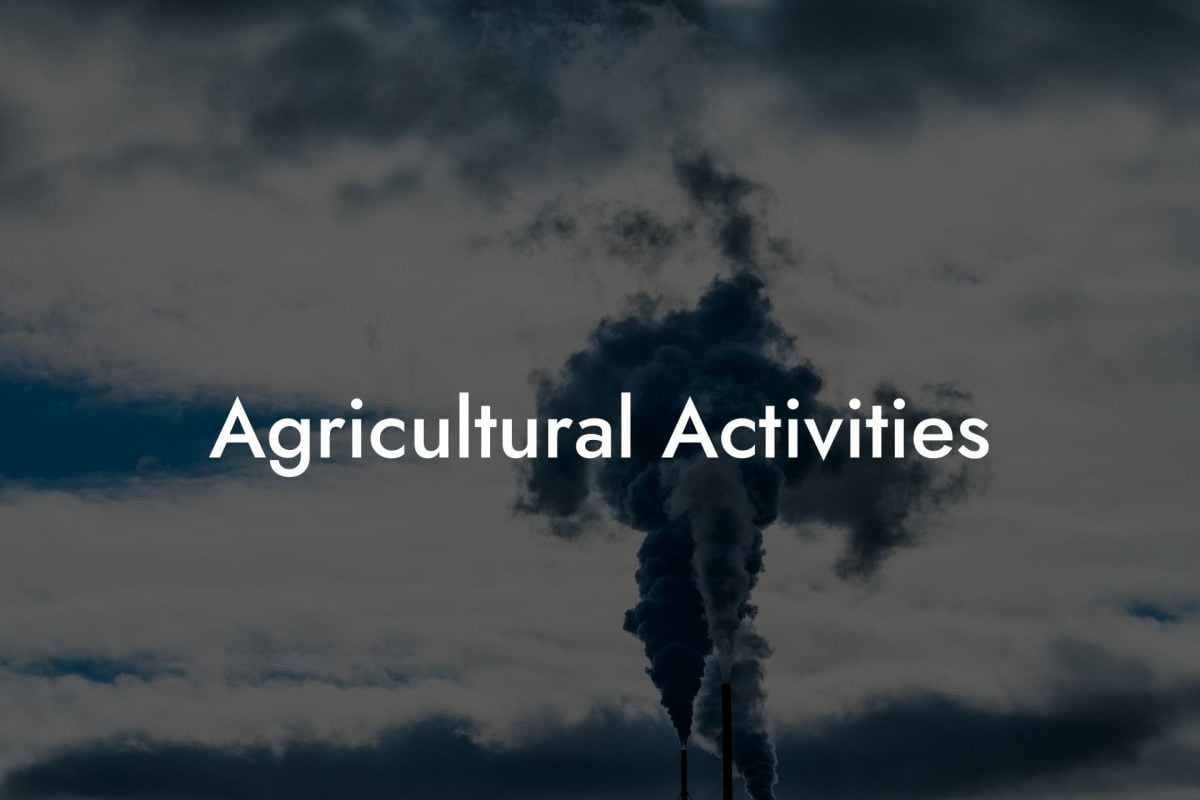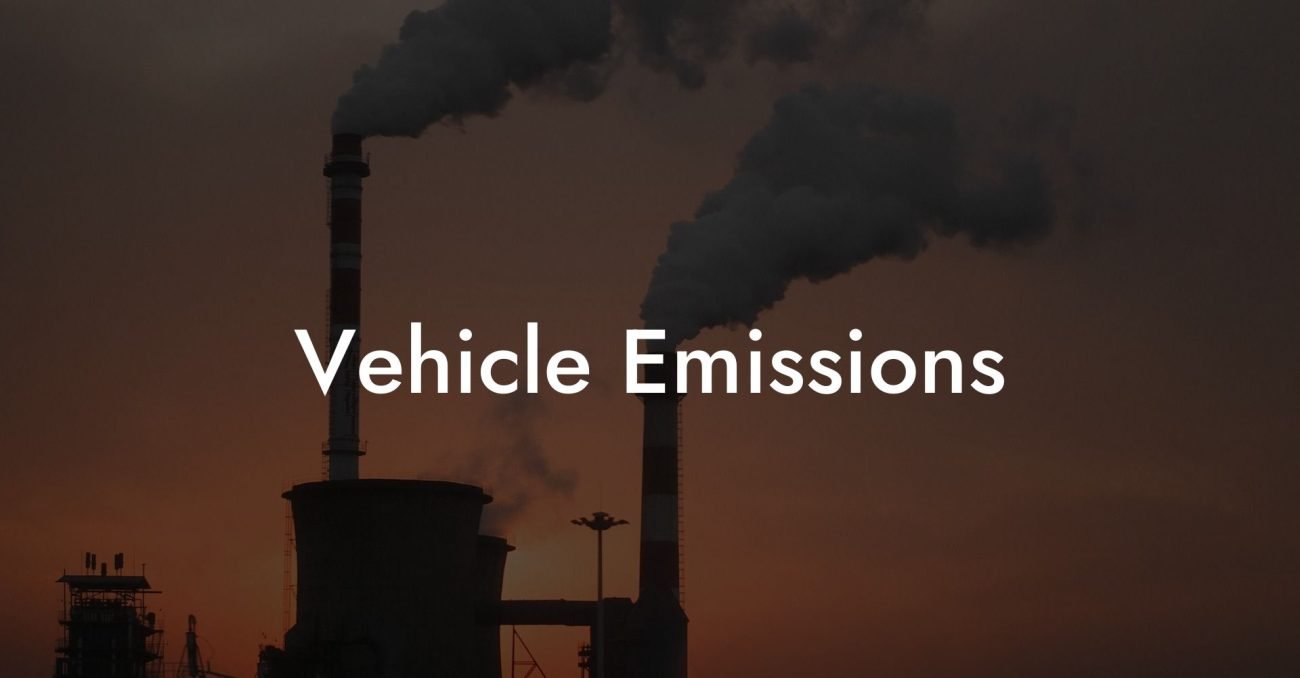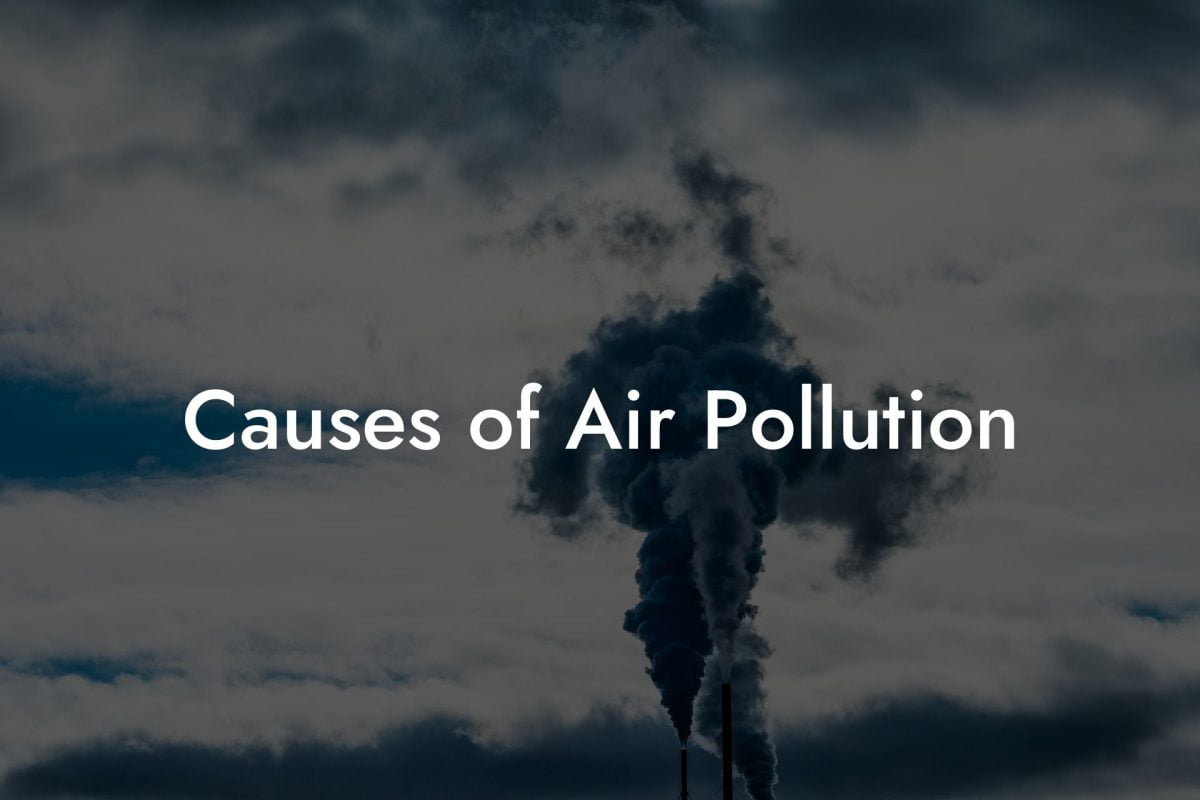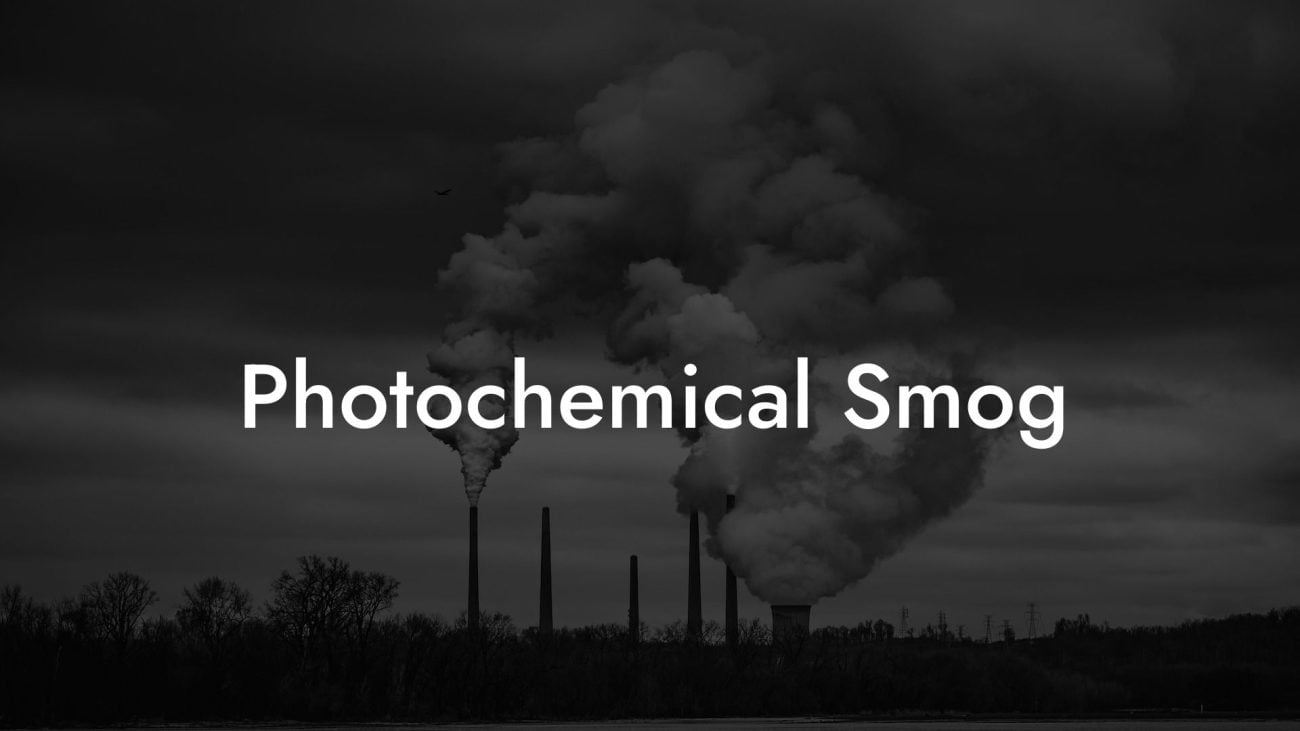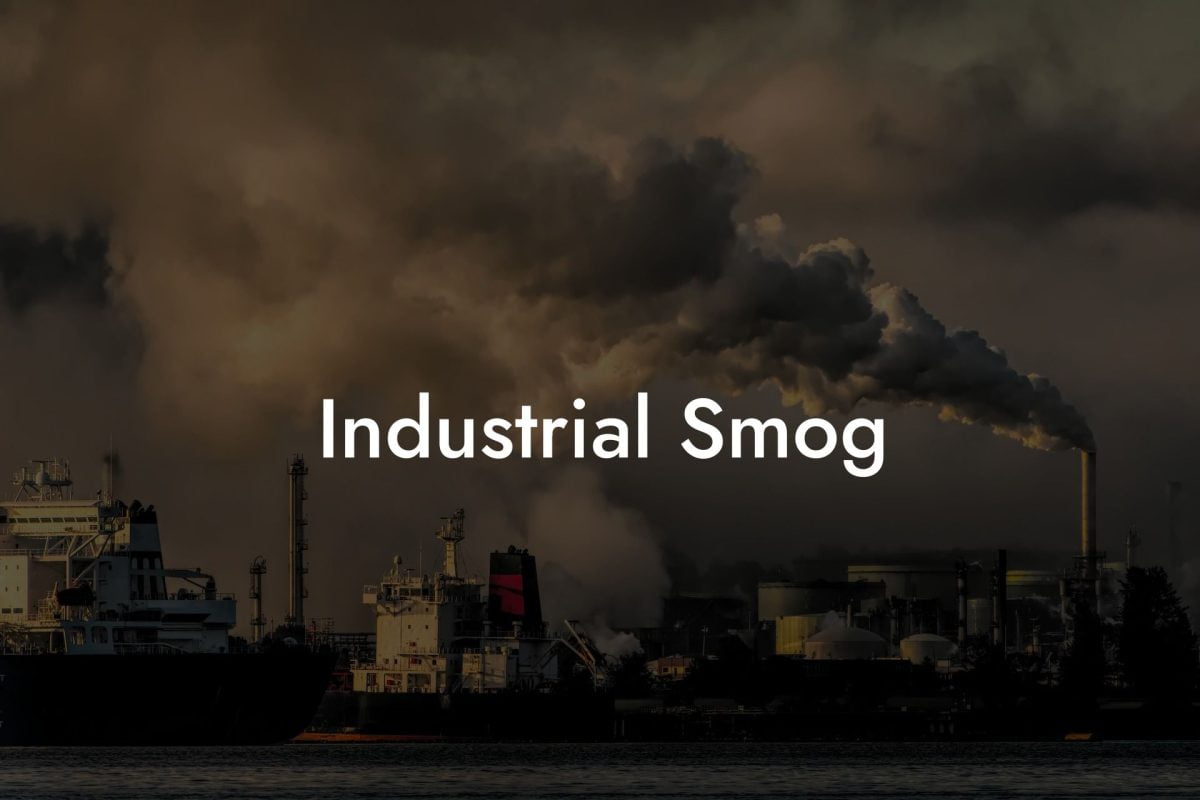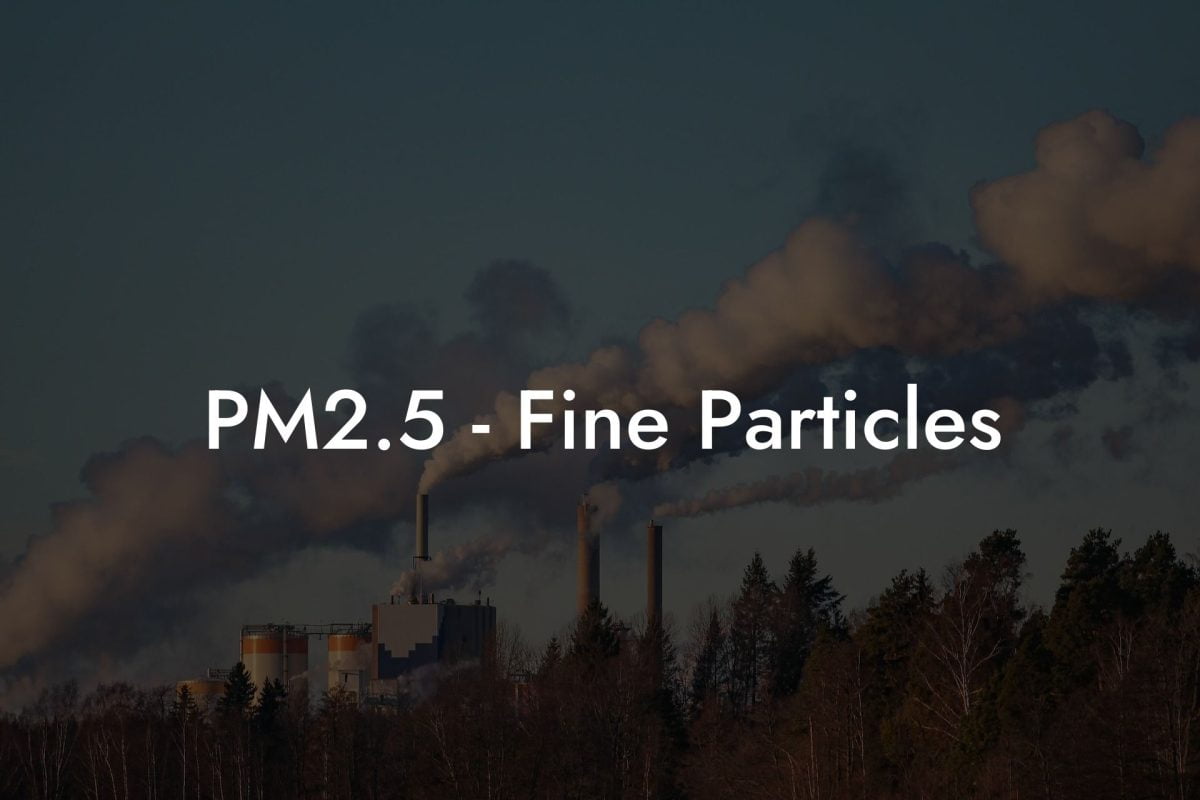Introduction to Industrial Emissions
Industrial emissions are a significant source of air pollution, contributing to environmental degradation and public health issues. Understanding the nature and impact of these emissions is crucial for effective air quality management.
The Role of Industry in Air Pollution
Industries, ranging from manufacturing to energy production, emit a variety of pollutants that have both local and global effects on air quality.
Types of Industrial Emissions
Industries release particulate matter, including both PM10 and PM2.5, which can penetrate deep into the lungs and bloodstream, causing health issues.
NOx emissions, primarily from burning fossil fuels, contribute to smog formation and respiratory problems.
SO2 is predominantly emitted from the combustion of fossil fuels containing sulfur. It is a key contributor to acid rain.
VOCs are emitted from various industrial processes, contributing to ground-level ozone formation and smog.
Industries also emit greenhouse gases like carbon dioxide (CO2) and methane (CH4), which contribute significantly to climate change.
Health Impacts of Industrial Emissions
Respiratory and Cardiovascular Diseases
Exposure to pollutants from industrial emissions can lead to respiratory ailments, heart disease, and stroke.
Long-Term Health Effects
Chronic exposure increases the risk of developing chronic bronchitis, asthma, and other long-term health conditions.
Vulnerable Populations
Children, the elderly, and people with pre-existing health conditions are more susceptible to the health impacts of industrial emissions.
Environmental Impacts
Acidification of Ecosystems
Emissions like SO2 and NOx can lead to the acidification of ecosystems, affecting soil quality, water bodies, and biodiversity.
Visibility Reduction
Particulate matter from industries can reduce visibility, leading to haze, particularly in urban and industrial areas.
Global Warming
Industrial greenhouse gas emissions are a major driver of global warming, affecting weather patterns and global climate systems.
Monitoring and Regulation of Industrial Emissions
Emission Standards
Many countries, including the UK, have established emission standards for industries to limit the release of harmful pollutants.
Monitoring Technologies
Advanced monitoring technologies and systems are used to track emissions, ensuring compliance with environmental standards.
Regular Inspections and Audits
Regular inspections and audits of industrial facilities are conducted to verify compliance with emission standards and regulations.
Strategies for Reducing Industrial Emissions
Cleaner Production Processes
Adopting cleaner and more efficient industrial processes can significantly reduce emissions.
Use of Renewable Energy
Transitioning to renewable energy sources, like wind and solar, helps in reducing reliance on fossil fuels.
Emission Control Technologies
Installation of scrubbers, filters, and other emission control technologies is vital in minimizing pollutant release.
Industrial Emissions in the UK
UK's Regulatory Framework
The UK has a robust regulatory framework for controlling industrial emissions, aiming to reduce pollution and protect public health.
Challenges and Progress
While challenges remain, especially in heavily industrialized regions, significant progress has been made in reducing industrial emissions in the UK.
UK Air Pollution: Your Source for Industrial Emission Data
Comprehensive Industrial Emission Database
UK Air Pollution offers a detailed database of industrial emissions across the UK, making it an invaluable resource for monitoring, research, and policy-making.
Why Choose UK Air Pollution?
Our platform provides a dynamic and informative perspective on industrial emissions, catering to the needs of various stakeholders involved in air quality management.
Empowering Solutions and Research
With UK Air Pollution, access in-depth information and insights on industrial emissions, supporting your initiatives in environmental management, research, and policy development.
Frequently Asked Questions
What Are Industrial Emissions?
Industrial emissions refer to pollutants released into the air, water, and soil as a result of various industrial activities, including manufacturing, mining, and energy production.
What Types of Pollutants Are Released in Industrial Emissions?
Common pollutants include sulfur dioxide (SO2), nitrogen oxides (NOx), carbon monoxide (CO), particulate matter (PM), volatile organic compounds (VOCs), and greenhouse gases like carbon dioxide (CO2).
How Do Industrial Emissions Affect Air Quality?
Industrial emissions significantly affect air quality by increasing the concentration of pollutants and particulate matter, leading to smog, reduced visibility, and health hazards.
What Industries are Major Contributors to Air Pollution?
Major contributors include power plants, chemical manufacturing, metal production and processing, cement production, and the fossil fuel industry.
How Do Industrial Emissions Contribute to Climate Change?
Industrial emissions, especially greenhouse gases like CO2 and methane (CH4), contribute to climate change by trapping heat in the Earth's atmosphere and altering global weather patterns.
What Are Greenhouse Gases?
Greenhouse gases are gases that trap heat in the Earth's atmosphere, contributing to the greenhouse effect. Key examples include carbon dioxide, methane, and nitrous oxide.
How Can Industrial Emissions Be Reduced?
Emissions can be reduced by adopting cleaner technologies, using cleaner fuels, improving energy efficiency, implementing pollution control equipment, and transitioning to renewable energy sources.
What is Carbon Capture and Storage (CCS)?
CCS is a technology that captures carbon dioxide emissions from sources like power plants and industrial processes and stores it underground to prevent it from entering the atmosphere.
What Health Risks Are Associated with Industrial Emissions?
Health risks include respiratory diseases, cardiovascular problems, aggravated asthma, and in some cases, increased risks of cancer and premature death.
How Do Industrial Emissions Affect Water Quality?
Emissions can affect water quality through the release of pollutants and toxic substances that can contaminate water sources, impacting aquatic life and human health.
What Role Do Governments Play in Regulating Industrial Emissions?
Governments play a crucial role by setting emission standards, enforcing environmental regulations, and providing incentives for pollution reduction and sustainable practices.
Can Industrial Emissions Lead to Acid Rain?
Yes, emissions of sulfur dioxide and nitrogen oxides can lead to the formation of acid rain, which can damage forests, soils, water bodies, and aquatic life.
How Are Industrial Emissions Monitored?
Emissions are monitored using various techniques, including emission testing at source, air quality monitoring stations, and satellite observations.
What Is the Impact of Industrial Emissions on Agriculture?
Industrial emissions can impact agriculture through acid rain, which can damage crops, and through ground-level ozone, which can inhibit plant growth.
How Do Industrial Emissions Affect Urban Areas?
In urban areas, industrial emissions contribute to air pollution problems like smog, which can lead to health issues for city residents and degrade the quality of life.
What Are Particulate Matter Emissions and Their Effects?
Particulate matter emissions are tiny particles released into the air, which can penetrate deep into the lungs and bloodstream, causing various health issues.
What Are Volatile Organic Compounds (VOCs) in Industrial Emissions?
VOCs are organic chemicals that vaporize at room temperature and react with other pollutants in the air, contributing to smog formation and posing health risks.
How Do Industrial Emissions Affect Wildlife and Ecosystems?
Industrial emissions can harm wildlife and ecosystems by contaminating habitats, disrupting food chains, and contributing to climate change, which alters habitats.
What Sustainable Practices Can Industries Adopt to Reduce Emissions?
Industries can adopt sustainable practices such as recycling, waste reduction, energy-efficient
operations, using eco-friendly materials, and investing in renewable energy sources.
How Does Industrial Emissions Trading Work?
Industrial emissions trading, also known as cap-and-trade, allows companies to buy and sell emission allowances, providing economic incentives to reduce emissions below permitted levels.
Can Technology Innovations Help in Reducing Industrial Emissions?
Yes, technological innovations, such as advanced emission control systems, energy-efficient processes, and cleaner production methods, play a crucial role in reducing industrial emissions.
What Are Non-Point Source Emissions in Industry?
Non-point source emissions refer to diffuse emissions that do not originate from a single identifiable source, common in industries like agriculture or mining.
How Do Energy Efficiency Measures Reduce Industrial Emissions?
Energy efficiency measures reduce emissions by lowering energy consumption, thus decreasing the burning of fossil fuels and the release of associated pollutants.
How Do Industrial Emissions Affect Indoor Air Quality?
Industrial emissions can deteriorate indoor air quality, especially in buildings near industrial areas, by infiltrating indoor spaces and introducing pollutants.
What Is the Role of Renewable Energy in Reducing Industrial Emissions?
Renewable energy sources, like solar, wind, and hydroelectric power, significantly reduce industrial emissions by replacing fossil fuels with cleaner energy alternatives.
How Do Industrial Emissions Impact Public Health in Developing Countries?
In developing countries, where industrial emission controls may be less stringent, the impact on public health can be severe, leading to higher incidences of respiratory and cardiovascular diseases.
How Can Public Awareness Influence Industrial Emission Controls?
Public awareness can drive demand for cleaner air, influence policy-making, encourage responsible corporate behavior, and promote community actions to reduce industrial pollution.


